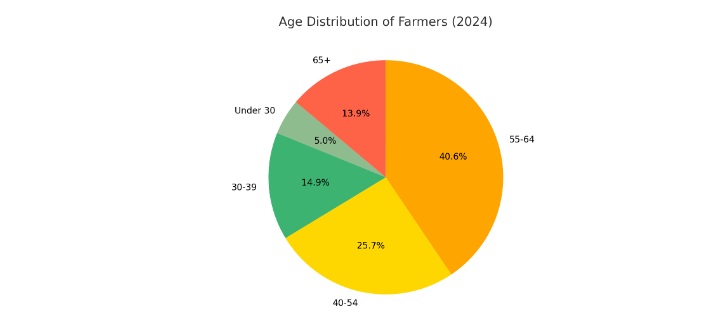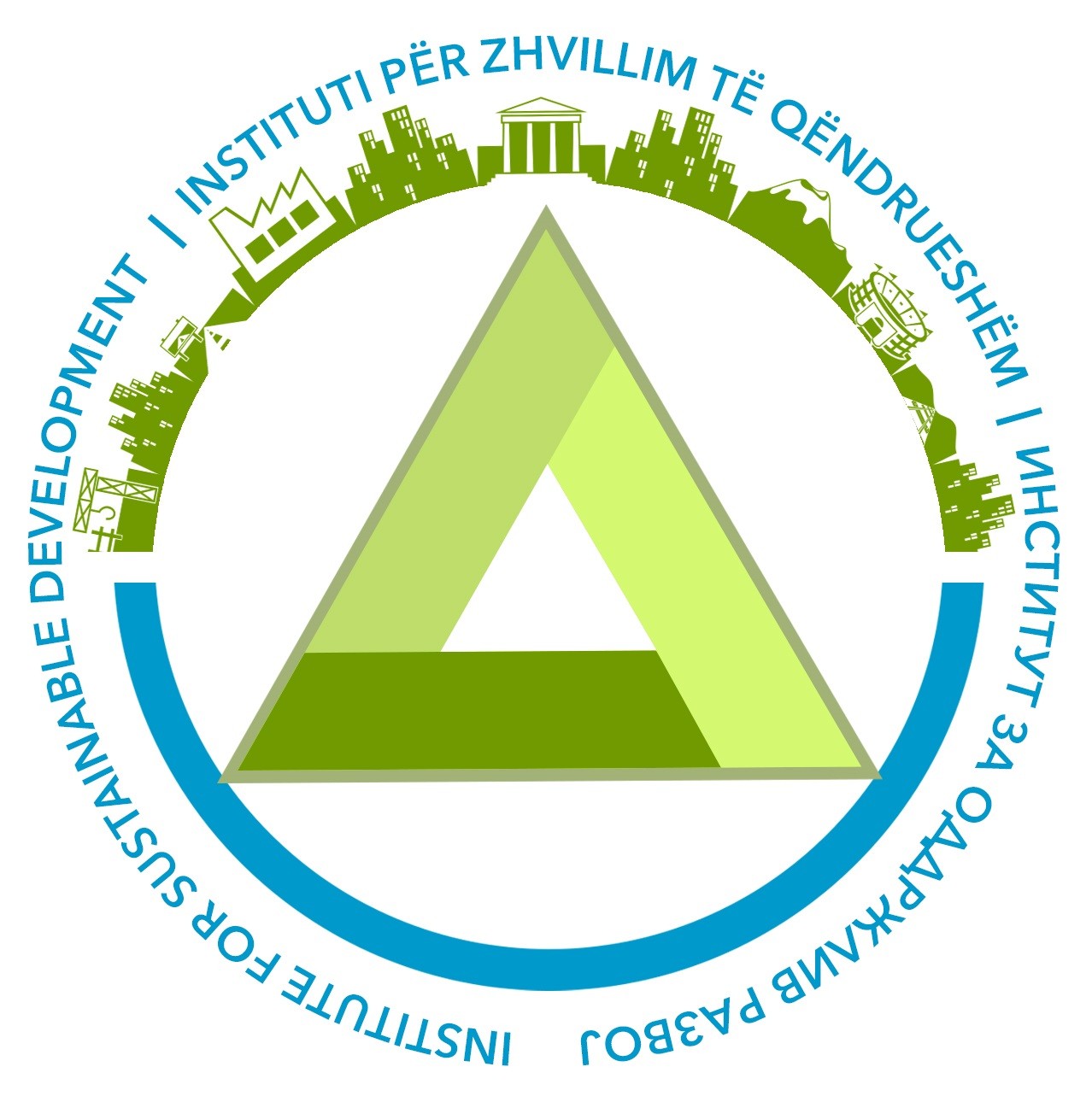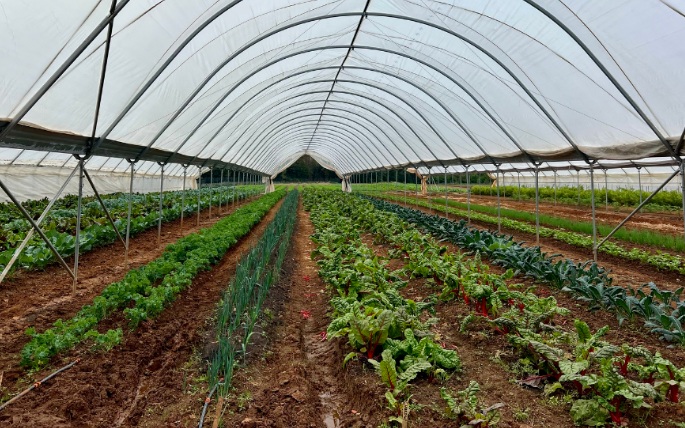The Institute for Sustainable Development welcomes the Government’s stated priority to attract and support young people into agriculture — most visibly framed in the National Strategy for Agriculture and Rural Development 2021–2027 and a range of financial programs and measure calls intended to help “young farmers” start or modernize holdings. However, available data and recent evaluations show the interventions are not yet reversing the structural problems that keep young people away from farming.
First, the scale of the “young farmer” challenge is large. Recent country-level reporting indicates that only a small minority of registered agricultural holdings are managed by people under 40. Roughly 14% of registered holdings were led by farmers up to age 40 (data points used by national stats). At the same time European-level comparisons show that South-east Europe and EU countries already struggle with a very small share of under-40 farm managers — which means North Macedonia must address both national and regional structural barriers. These figures demonstrate the uphill task the strategy faces.

Second, many of the root causes are structural and are only partly addressed by short-term cash subsidies. Key constraints that keep young people out of farming in North Macedonia are:
- Highly fragmented land and tiny average farm sizes, limited access to bankable collateral and long-term credit, low farm incomes vs. other employment options and rural emigration that drains human capital. These are repeatedly identified in national and international analyses as the binding constraints — problems that one-off grants cannot solve alone.
Third, Government measures lean heavily toward financial support and short-term calls (e.g., Measure 112 / aid for young farmers, increased sector budget and direct payments; credit/guarantee instruments exist but are not always accessible in practice). There are also more recent high-profile proposals and incentives to encourage rural repopulation. But public critiques and policy reviews note that generous transfers have not automatically produced structural modernization, consolidation or improved profitability at scale. So far, subsidies have not stopped out-migration or reversed ageing of the farming population. In short periods, money helps but not as expected (nor as pretended in the media). Without parallel changes in land policy, market access, training & mentoring, the impact is limited.
Fourth, implementation and targeting gaps reduce effectiveness. Young people repeatedly cite access to land, affordable long-term leases, transparent tendering for support, mentoring-extension services and access to value-chain buyers as decisive. Program design that focuses on cash payments for inputs or single-year grants fails to provide the predictable multi-year pathway a new farm business needs (business planning, equipment leasing, market contracts, and advisory support). Independent reviews of North Macedonia’s public support architecture similarly point to limited capacity to transform small family farms into viable, youth-led businesses.
What needs to change — priority actions recommended by ISD
- Link finance to business mentoring and market access: Combine start-up grants/credit with mandatory multi-year mentoring, coaching and performance milestones, plus access to guaranteed offtake or aggregation services so new farmers can reach scale and predictable income.
- Enable land consolidation and long-term leasing models. Support cooperative leasing, land banks, and incentives for voluntary consolidation so younger entrants can operate commercially viable plots without needing to buy fragmented parcels outright.
- Shift from short cash transfers to staged, outcome-based support. Design multi-stage programs (start → scale → modernize) with clear success metrics and follow-up funding, not one-off payments.
- Invest in rural services and value chains. Improve rural infrastructure, cold chain, aggregation/processing, and digital platforms that connect small producers to buyers — because profitable markets are what keep youth in agriculture.
- Measure & publish results transparently. Regular, public reporting on uptake, success rates, and follow-on employment for young-farmer programs will allow course correction and stronger accountability.
Worth reading this link: https://www.instsd.com/agriculture-fails-north-macedonia-faces-30-drop-by-2030/
As for the end, attracting of young people to farming is not only a demographic objective — it is central to rural resilience, food security and sustainable local economies. North Macedonia has placed the right priorities on paper and increased budgetary transfers, but the evidence shows limited progress in changing who actually runs farms and whether farming is an attractive livelihood for the next generation.
To turn funding into durable results, the Government must pair financial incentives with structural reforms (land, credit, markets, and services) and design programs that treat new farmers as entrepreneurs who need a pipeline — not merely one-time payments. The Institute for Sustainable Development stands ready to collaborate with public institutions, donors, and producer organizations to design and pilot these integrated approaches.
“This opinion is the copyrighted position of the Institute for Sustainable Development (ISD) and reflects the independent views of the NGO. It is not affiliated with, endorsed by, or representing any political party, government, state agency, or directorate.”


